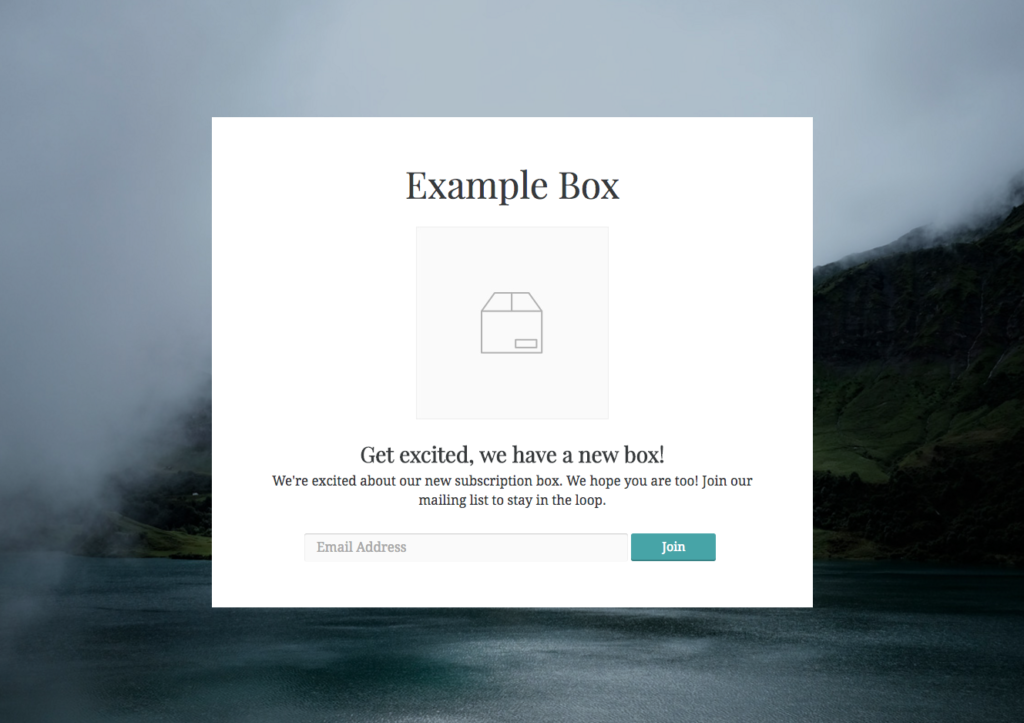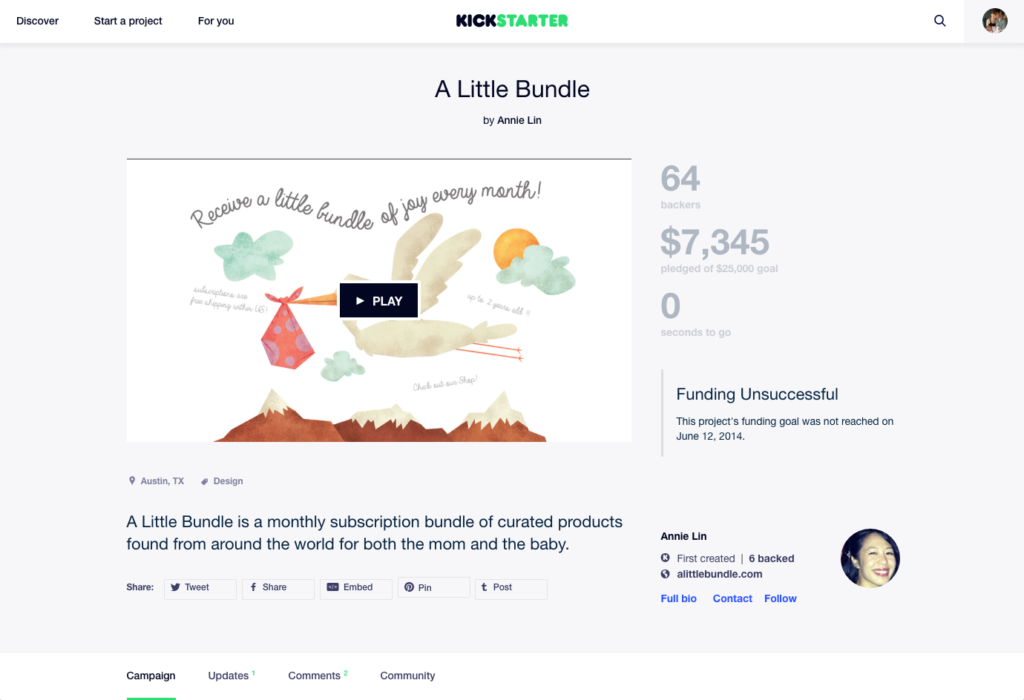Starting a new business always involves some amount of risk, but that doesn’t mean it needs to be a complete jump into the unknown. Smart founders generally validate their business idea with data before pursuing it and subscription box businesses are no different.
If you have a brilliant idea, why not test it before doing the hard work of making it a reality?
Get Feedback From People You Know
Before setting up a website or purchasing a domain, put together a prototype box with real products you might include. Ask your friends, family, and coworkers if it’s something they would buy, and consider posting it as a Twitter poll and ask for feedback on Facebook.
To measure the actual level of commitment, see if the people who say yes are willing to put down a deposit in order to get a discount when the box is ready (you can always refund them if you decide not to move forward). Nothing validates a business idea like having people willing to pay money before it actually exists.
Test a Landing Page and Collect Emails

When writer Tim Ferriss was writing his new book (The 4-Hour Workweek), he decided to test different titles for the book using Google ads.
I set up Google Adwords campaigns to test the headlines and subtitles that worked best in combination, using keywords related to the content as the fixed variables.
–Tim Ferriss, Author
The 4-Hour Workweek wasn’t his first choice for the title, but it’s the one that received the most ad clicks and appeared to resonate with the audience – so he went with it and launched a bestseller.
How does this relate to subscription box products?
In the same way that Ferriss tested different book titles, you can test different subscription box ideas. Purchase ads on Facebook, Reddit, or Google promoting your subscription box idea. Send the traffic to a landing page that describes the products and asks people for an email address to get notified when it launches.
If you can’t convince people to give you an email address on a landing page, you’ll likely have trouble convincing people to give you their credit card number for a real product. On the other hand, if the idea does gain traction, you’ll start building an email list of interested customers you can use when it’s time to launch.
Do Competitor Research
Has anyone else launched a similar subscription box? If so, you’ll need to make sure your brand, product, and pricing are different enough to compete. At the same time, however, successful competitors generally indicate that there is a market for those products.
If other people have tried the same subscription box idea and failed, send them an e-mail and see if they’d be willing to share any learnings with you. Perhaps they had trouble attracting customers? Or sourcing products? Or the business took more time than they thought? Their insight will help you avoid any mistakes they might have made, and gives you more information about the market and viability of your subscription box idea.
Run a Kickstarter Campaign

Platforms like Kickstarter and Indiegogo are great for validating product ideas. Campaigns like this take a good amount of time to do right: you’ll need to craft a video, take excellent photography, and write up a good description, so it’s best to do some of the easier initial validation first.
Kickstarter and Indiegogo both require people to put down actual money for your product. This will help with launch costs in addition to validating the business concept. If you’re looking for inspiration, a number of Cratejoy subscription box businesses have gotten their start with Kickstarter campaigns:
Conclusion
If you’re planning to launch a subscription box without any idea validation, you might be missing out on an opportunity to make the business even more successful. Validating the idea doesn’t need to be especially difficult or time-consuming, and it may save you a lot of headaches down the road.





Great information. I have been hearing a lot about Kickstarter as a way to validate the project. Cajun Crate has a very interesting story. Thanks for posting.